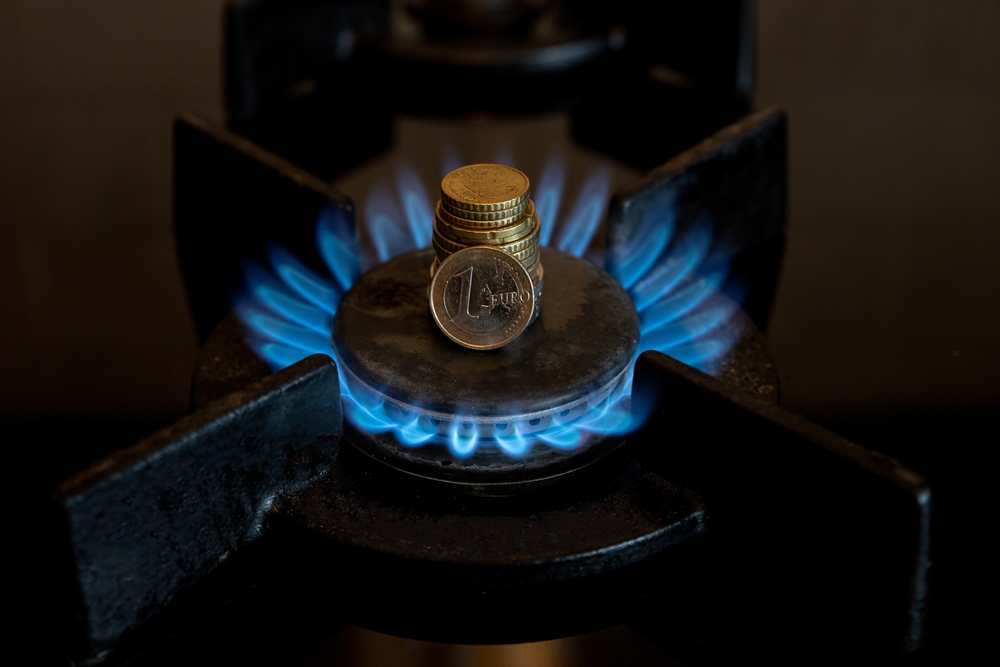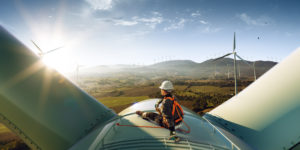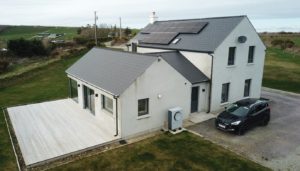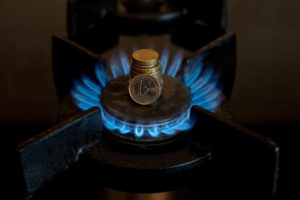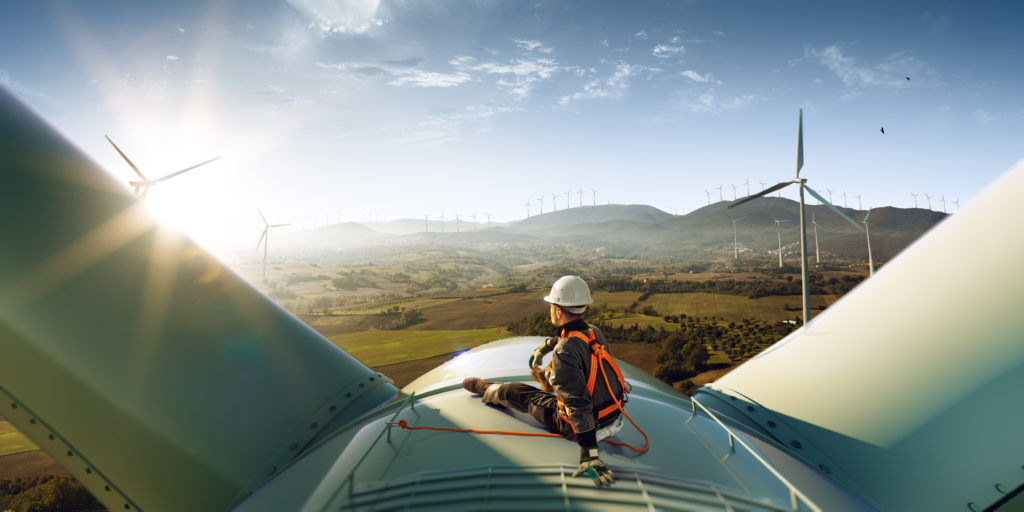By Tim Cramer, ActionZero Consulting Services Manager
Finding most European’s prevailing nightmare is a tricky business: whatever political situation spooks those in one part of the continent may be of scant concern to those on the other end.
COVID-19 is one contender, as it has made life dull from Dublin to Dusseldorf and beyond. Another is the continent’s ongoing energy crisis. As with most nightmares, the origins of the energy price current crisis are partly transparent and partly mysterious.
Energy prices around the globe and here in Ireland have been a hot topic of conversation over recent months. When Covid struck in early 2020, energy prices plummeted as economic activity declined. For most of 2020, energy prices were relatively static. However, as time went on, prices started to increase in the early months of 2021.
In Europe and here in Ireland, we experienced colder than average temperatures, resulting in natural gas storage levels being 25 per cent lower coming into the winter months in 2021.
The 1200-kilometre Nord Stream 2 natural gas pipeline from Russia to Germany was completed last year but the decision by the regulators in Germany to delay gas flows through this pipeline put further pressure on gas prices. The current tensions over the build-up of Russian forces on the Ukrainian border have resulted in increased anxiety over gas supplies to Europe.
These factors, coupled with a global spike in demand for natural gas after economies restarted, have pushed energy costs even higher.
Reform could steady decades of turbulence
Commercial and indeed domestic energy consumers in Ireland have seen their electricity and natural gas bills soar in recent months as the international prices begin to feed through from suppliers.
Some commercial customers had been availing of spot energy prices (Day-ahead natural gas pricing and Pool Pricing for Electricity), which have been particularly badly hit.
For comparison purposes, the 12-month natural gas forward market price in Ireland is almost five times as high as this time last year. Natural Gas prices in Ireland are a significant driver of electricity prices. As a result, some consumers are paying over four to five times as much for their electricity energy as a year ago.
At the same time, as natural gas and electricity prices have been rapidly increasing, the price of EU carbon has also taken a significant hike.
EU carbon is currently trading around the €90 per tonne, almost three times higher than this time last year when carbon was just over €30. This increase is primarily due to the switch from natural gas to coal-fired generation, which has happened directly due to the very high gas prices.
Recently, some commentators predicted that energy market prices could remain volatile until the end of this decade without fundamental reforms.
Without significant changes to the way we procure, supply and consume energy, the likelihood of many years of turbulent energy pricing could be on the horizon.
As an island country on the west of Europe, our over-reliance on imported energy will leave us vulnerable to variable pricing, with geopolitical tensions, supply chain disruptions and economic shifts all having the potential to spill over into the Irish energy market.
We must reconsider energy use
As electricity prices move higher, many commercial consumers are considering the benefits of having large scale solar panels installed on their roofs or adjacent landbanks as an alternative to mitigate against future price volatility.
It makes sense to reconsider how we all use energy. Any steps that can be taken to reduce both energy usage and carbon emissions and develop self-generation should be seriously examined. Securing access to clean, affordable energy also makes good business sense.
Being sustainable requires companies not only to produce greener energy but also to consume less of it.
The ultimate objective should be to use less energy and for that energy to be either self-generated or purchased from a sustainable source.
